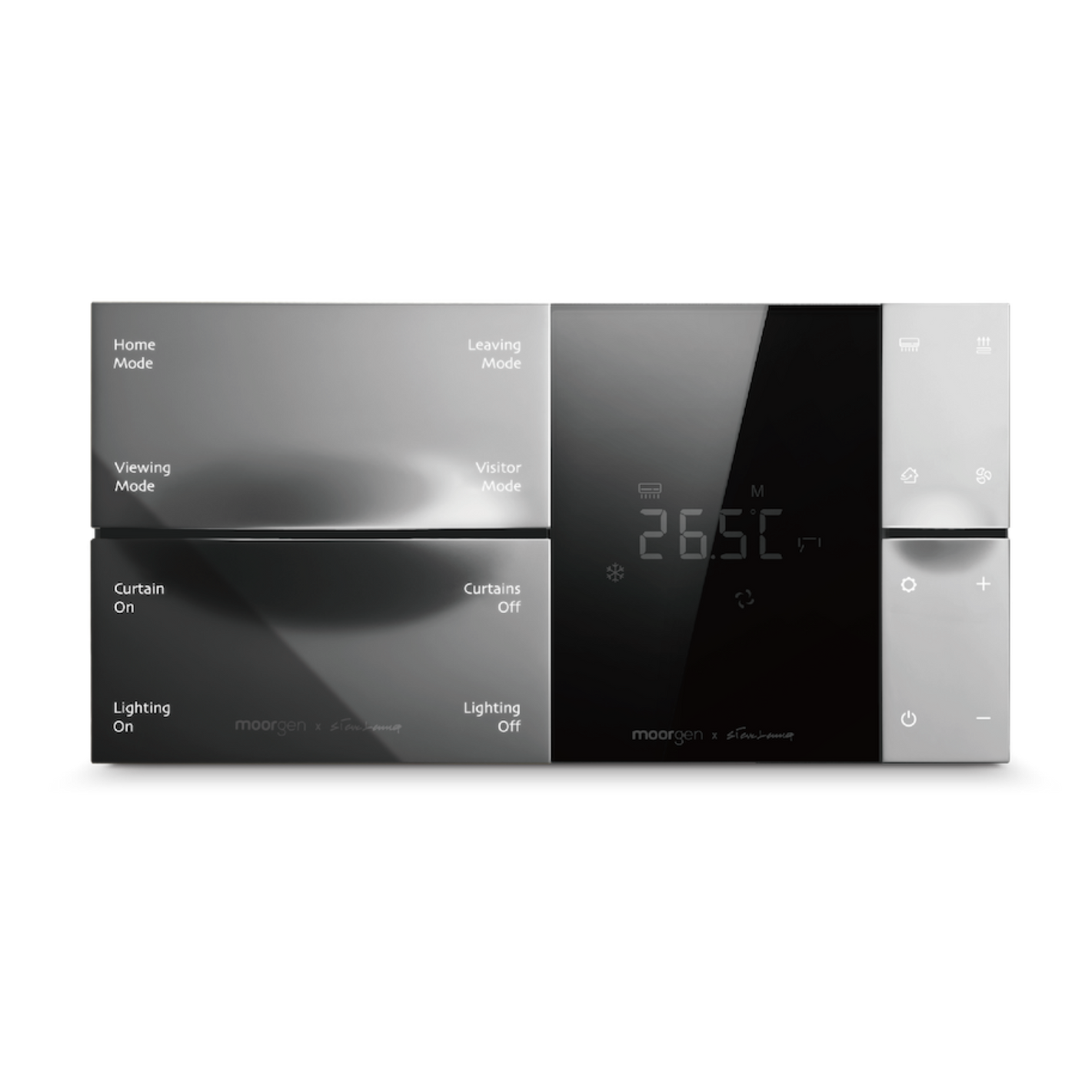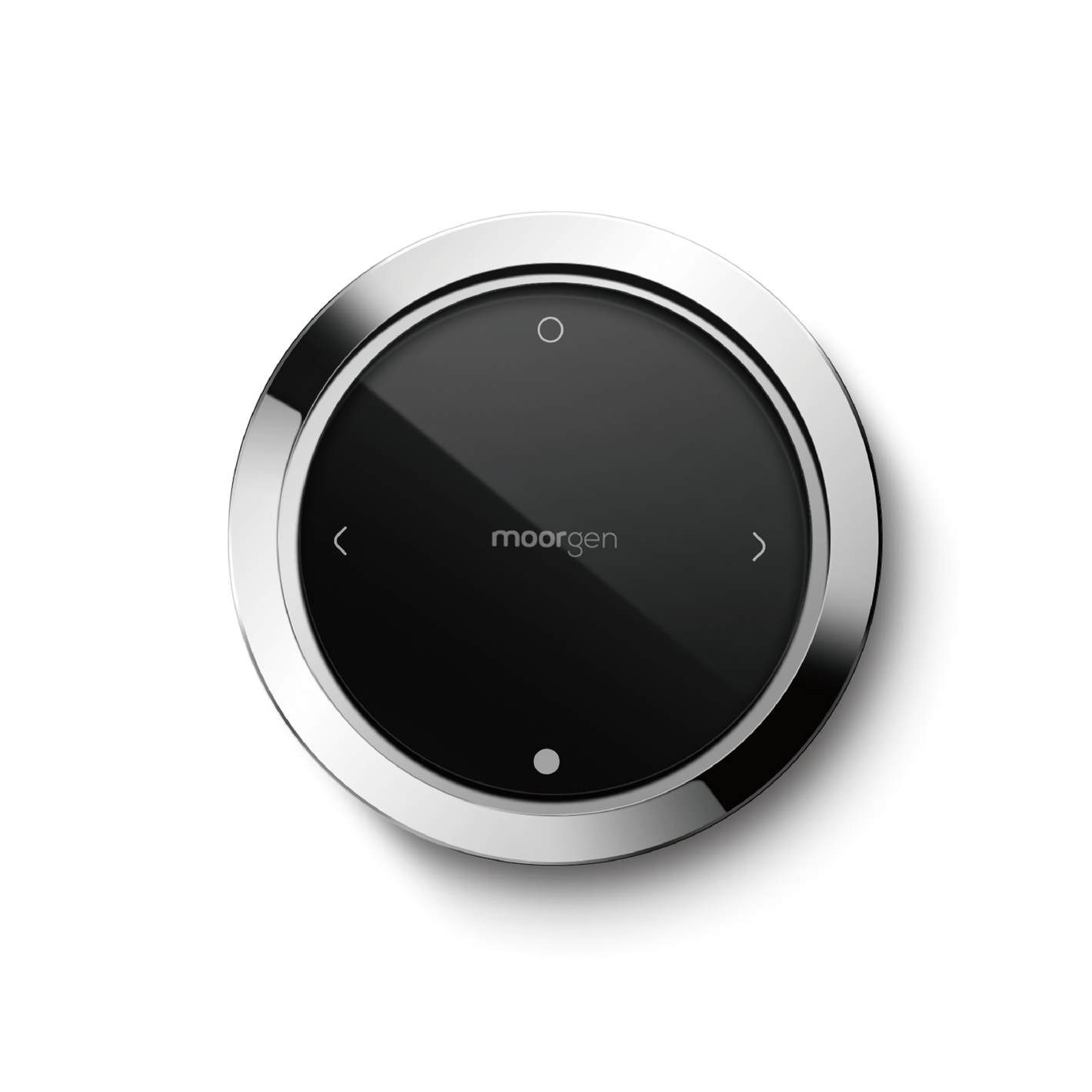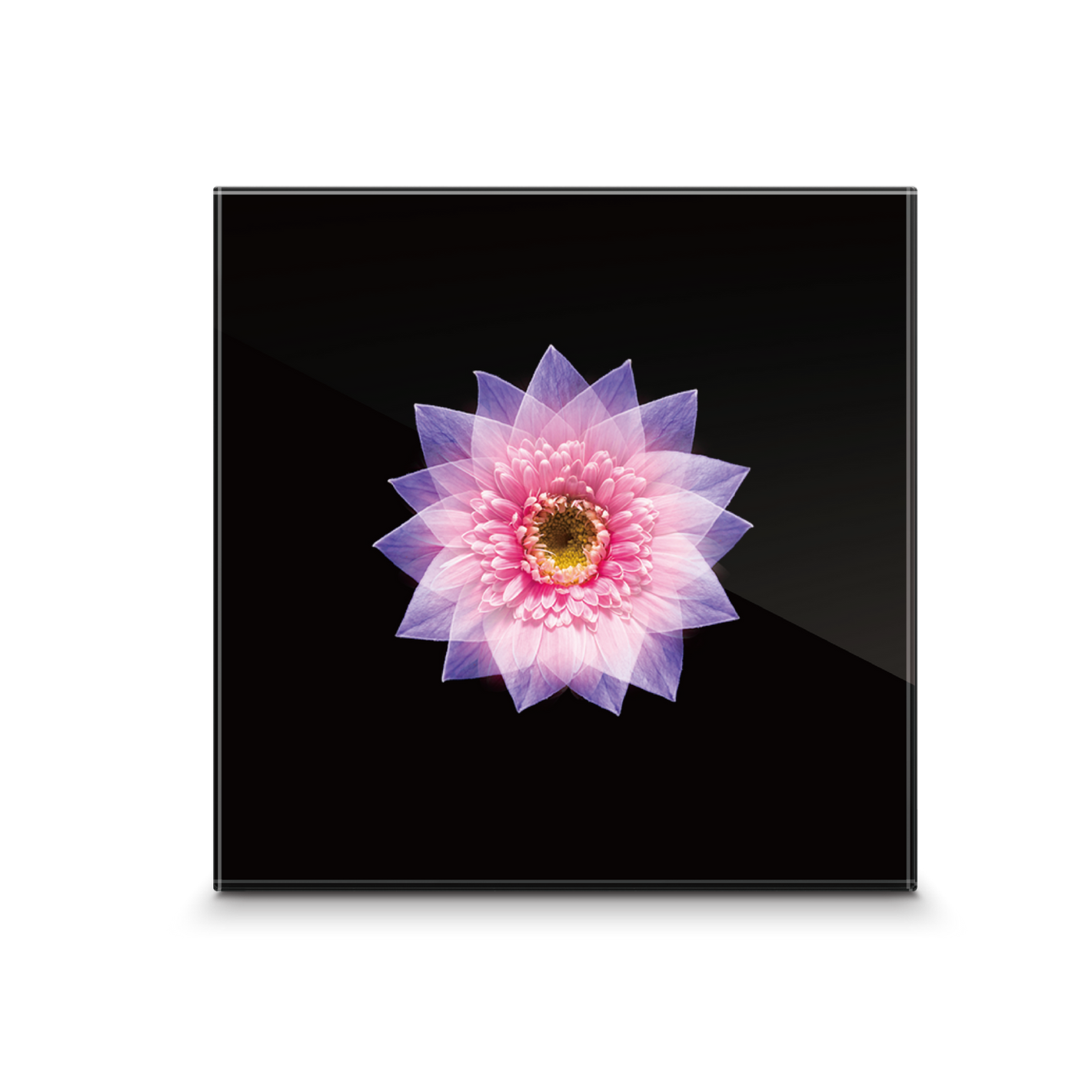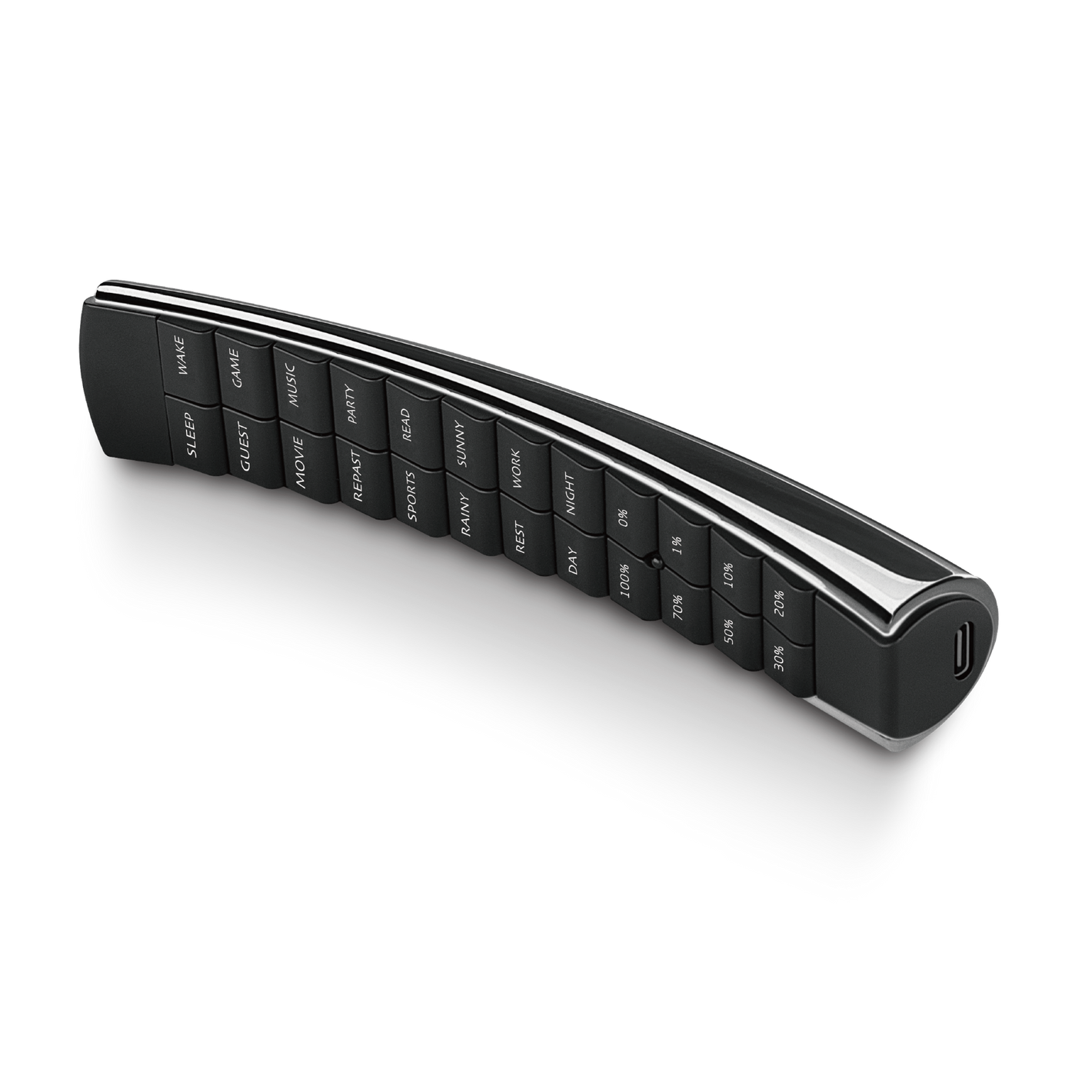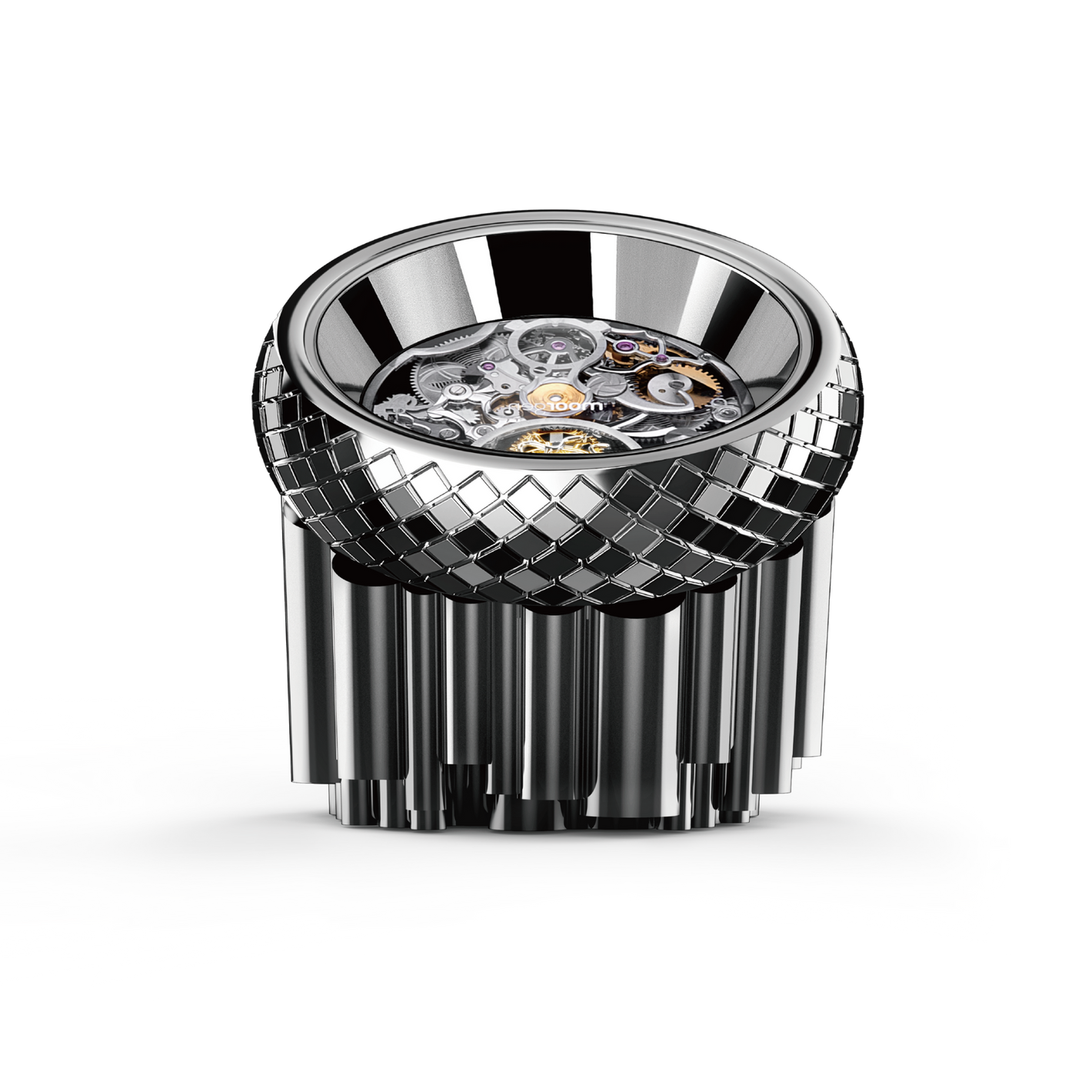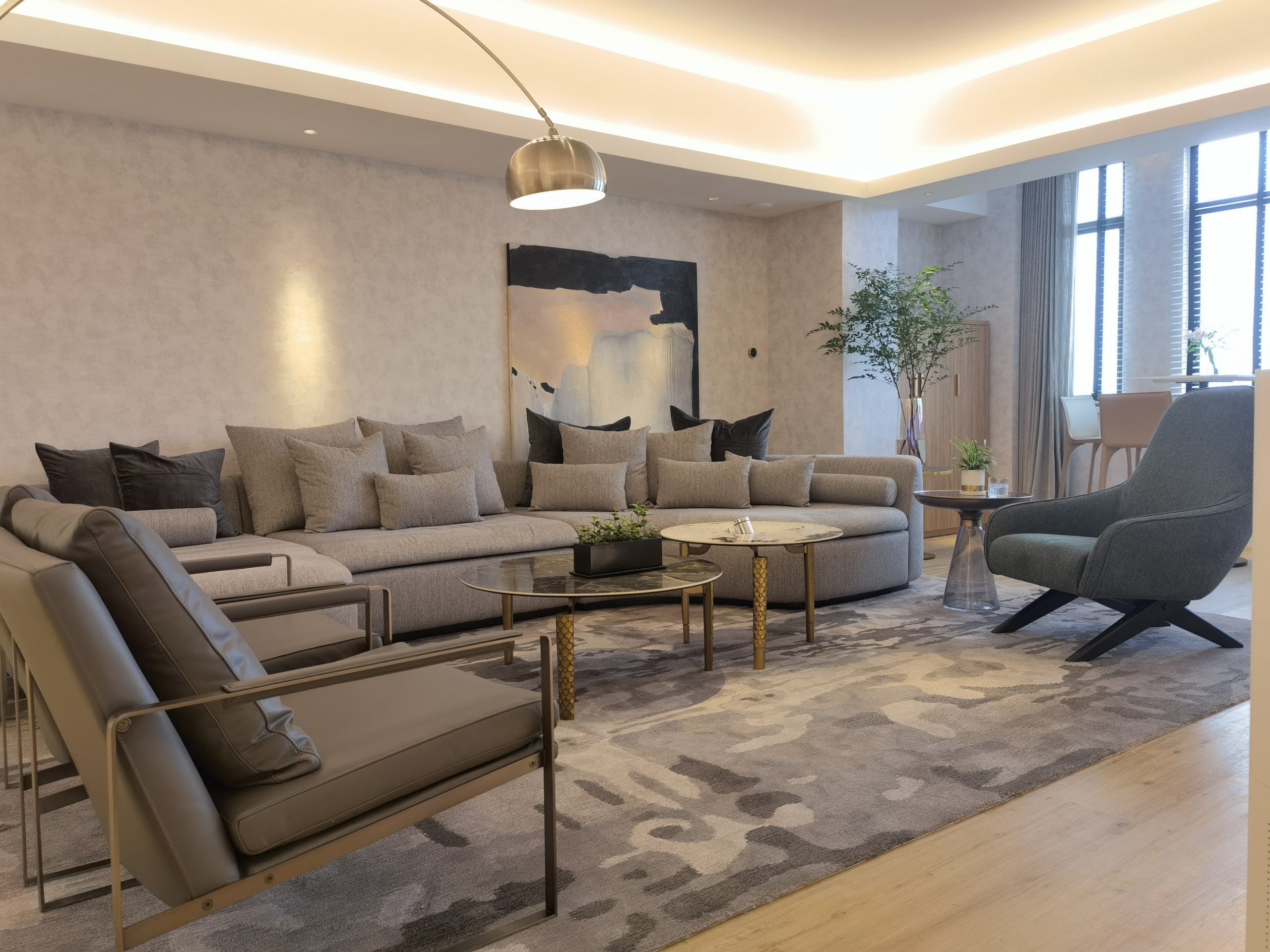Smart Home: 4 Ways to Modify from "L-wire" to "N+L-wire"
One of the most common issues encountered when dealing with smart homes is the question of “L-wire” or "N+L-wire." This issue frequently arises during the planning of a smart home, and gathering information can be time-consuming. If you desire a N+L-wire smart home but your home's wiring only supports a L-wire configuration, you'll want to find ways to convert it. Online information on this topic is often incomplete, but this article will help you understand the four methods for changing from L-wire to N+L-wire.
Table of Contents
L-wire vs. N+L-wire
Four Methods for Changing from Single Wire to N+L-wire
- Installing a Neutral Wire
- Adding a Neutral Wire Generator
- Converting Lighting Wires to Neutral - Standard Bulbs
- Converting Lighting Wires to Neutral - Smart Bulbs
Ideal Smart Home Installation
L-wire vs. N+L-wire
The primary distinction between "L-wire” and "N+L-wire" lies in the requirement for a "Neutral Wire" (N-wire).
L-wire solely relies on the Live Wire (L-wire) for power. It controls the current by varying the resistance, which affects the current flow. However, because the chips inside smart switches need continuous power to operate "smart" functions uninterruptedly, prolonged power supply in a L-wire system can result in relatively unstable performance.
N+L-wire requires both the Live Wire (L-wire) and the Neutral Wire (N-wire). With the neutral wire, the chips inside smart switches can be powered through it. Moreover, when turning off lights or appliances, the live wire current is entirely cut off, eliminating any residual current.
By now, if you are researching L-wire to N+L-wire conversion, you should have a basic understanding of how these systems operate and likely already know that your home's wiring, especially in Hong Kong, lacks the neutral wire. For a deeper understanding of the differences between L-wire and N+L-wire, you can learn more in L-wire vs N+L-wire: How to Plan a Smart-Home-Ready Renovation?
Now, let's delve into the four methods for changing from L-wire to N+L-wire.
Four Ways to Modify from Single Wire to N+L-wire
The primary focus of converting from L-wire to N+L-wire revolves around how to add or simulate the presence of a neutral wire. Before considering the following methods, it's generally advisable to consult a professional electrician who can assess your home's wiring layout and plan the installation. If you have electrical knowledge and want to attempt the installation yourself, prioritize safety and always remember to turn off the main switch before installation.
Method 1: Installing a Neutral Wire
The most direct and traditional method is to add a neutral wire at the switch location. This allows smart switch panels or smart boards to receive continuous power, enabling uninterrupted chip functionality. The advantage of this method is that it provides stable electrical circuits, and once installed, it can connect to a wide range of smart switch panels, smart lighting switches, or smart boards, allowing you to control all smart devices.
Although this method is effective and reliable, it involves complex installation steps and may require changes to existing wiring. As a result, professional electricians are often needed. If your home lacks a neutral wire, it may be necessary to run additional wiring, which can increase the cost. If you are planning a renovation, it's recommended to have an electrician install a "Neutral Wire" to the switch location, usually without additional charges.
Method 2: Adding a Neutral Wire Generator
A "Neutral Wire Generator" consists of two components: a "Live Wire Conductor" connected to the switch's live wire and a "Neutral Wire Generator" connected to the power supply line of the light or other smart device (e.g., the light's power line). Before connecting the live wire conductor and the generator, remember to turn off the main switch.
This method not only converts traditional switches to smart switches but can also be used to create smart boards. Installation is relatively straightforward, does not require altering existing wiring, and is cost-effective. However, it may not be suitable for all smart devices and could potentially affect the overall circuit's stability. Therefore, it is advisable to seek professional help when installing this method.
Method 3: Converting Lighting Wires to Neutral - Standard Bulbs
If you only wish to convert standard lighting switches into smart lighting switches, consider converting existing lighting wires to neutral wires. This method involves three main steps:
- Directly connect the Neutral Wire to the light fixture, replacing the original lighting wire.
- Connect the Live Wire directly to the light fixture.
- Install a switch (breaker) on the light fixture to control the light.
This method transforms traditional lighting switches into smart lighting switches, suitable for functions such as dimming and remote control. However, it is only applicable to lighting systems and does not work with other smart devices. Installation can be somewhat complex and requires adjustments to the electrical wiring. If you have any doubts, it is advisable to seek professional assistance from an electrician.
Method 4: Converting Lighting Wires to Neutral - Smart Bulbs
This method is also suitable for lighting systems but involves using smart light fixtures. To implement this, connect the neutral wire" to the smart light fixture, replacing the standard lighting wire. Since smart light fixtures already require a live wire connection and have built-in smart control functions, there is no need to install an additional switch.
Although this method is straightforward, it still requires adjustments to the wiring. If you are unsure about the connection process, it is recommended to consult a professional electrician. Additionally, since this method only involves connecting smart light fixtures, its functionality is limited to lighting and illumination control.
Ideal Smart Home Installation Setup
The most ideal installation scenario is to convert all light fixtures into smart light fixtures, connecting both live and neutral wires. Smart light switches or smart switch panels should also connect to both live and neutral wires. While this installation may pose a significant project, especially if your home's wiring lacks neutral wires and you use standard light fixtures, it offers the advantage of unrestricted functionality. Additionally, you can convert smart light switches or smart switch panels into smart boards, enabling control of all household appliances and smart devices.
Smart boards offer centralized control and a smoother user experience. Furthermore, they provide greater design flexibility due to the absence of limitations imposed by single-function switches. For example, Moorgen offers a range of smart boards that have received design awards such as Red Dots, iF Product Design Awards, and the Japanese GOOD DESIGN AWARD. These include the "Supercar" smart panel designed by interior design master Steve Leung, the Denmark series with 11 panel material options, and the Milan Series Smart Dimming Knob, developed in collaboration with Swarovski. There's a smart panel suitable for every interior design style.
If you want to experience a real smart home, you can visit Moorgen's showroom for a free tour or contact Moorgen via WhatsApp for a free consultation to explore the smart home solution that suits your home.
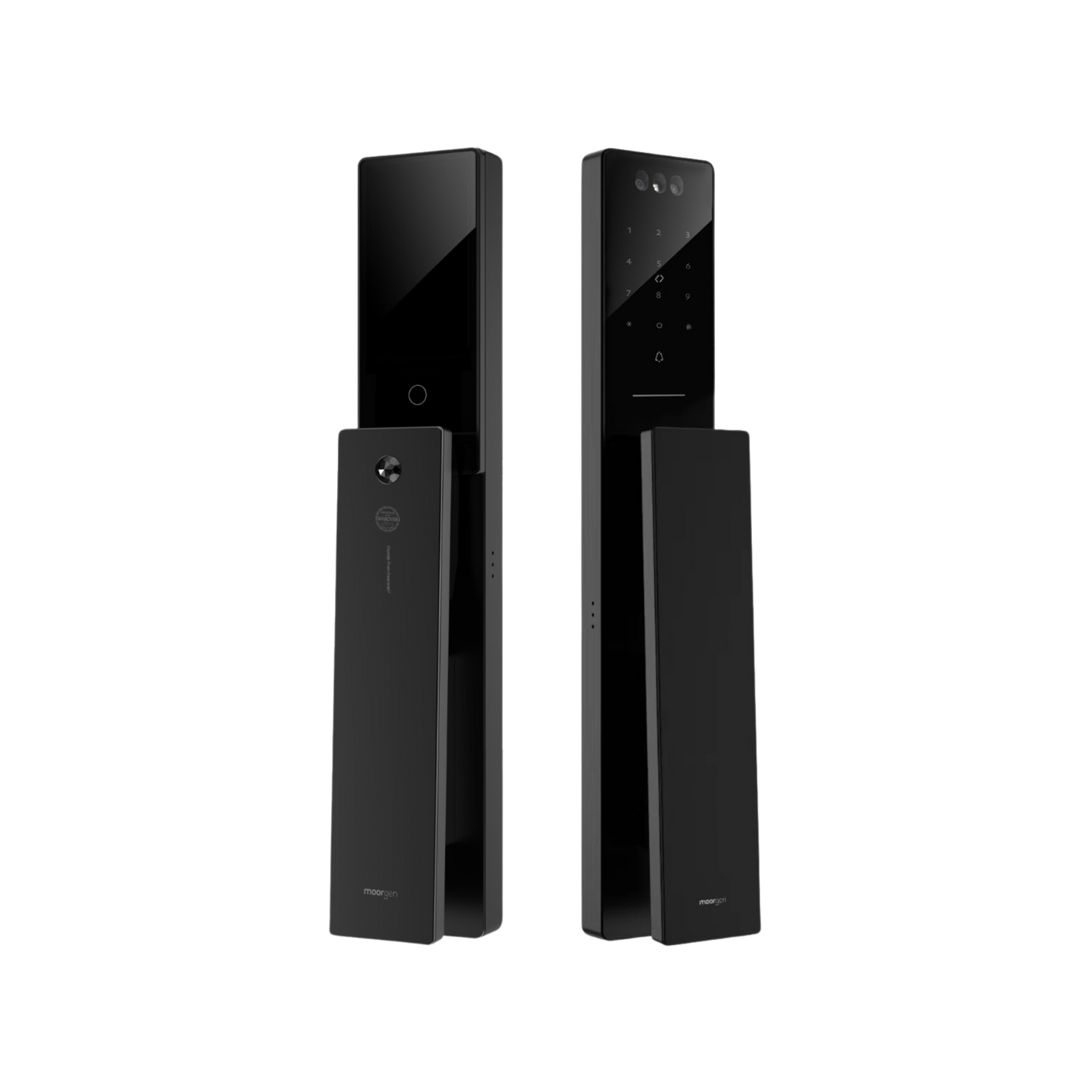


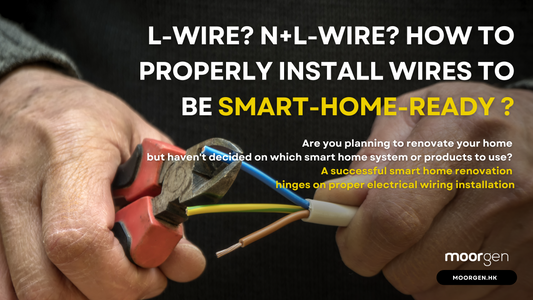



![[Smart Living] How to Choose a Smart Power Strip? Swift Transform Your Home into a Smart Home!](http://moorgen.hk/cdn/shop/articles/blog_cover_moorgen_how_to_choose_smart_power_strip.png?v=1728137093&width=533)
![[Smart Living] How to Choose LED Bulbs? Which Ones Are the Most Energy-Efficient?](http://moorgen.hk/cdn/shop/articles/blog_cover_moorgen_how_to_choose_led_bulbs.png?v=1728136975&width=533)
![[Smart Living] How to Choose an Instant Hot Water Dispenser and Use It Efficiently?](http://moorgen.hk/cdn/shop/articles/blog_cover_moorgen_how_to_choose_instant_hot_water_dispenser.png?v=1728136837&width=533)
![[Smart Living] 5 Energy-Saving Tips for Electric Kettles](http://moorgen.hk/cdn/shop/articles/blog_cover_moorgen_energy_saving_tips_electric_kettles.png?v=1728136710&width=533)
